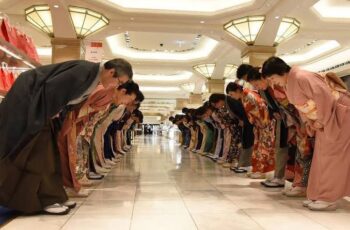Okay, this video from “Eagle Discovery” dives into a fascinating list of unique and sometimes surprising things that are characteristic of Japan. Let’s break down what the video covers:
Introduction
The video opens by welcoming viewers and promising to explore “things that can only be found in the land of the rising sun.” It teases peculiar customs like bathing with strangers, celebrating Christmas with fried chicken (KFC) instead of turkey, blue traffic lights, koi fish in drainage channels, and even the concept of renting a girlfriend. It encourages viewers to subscribe before diving into the list.
The List of Unique Japanese Things:
-
Number 15: Public Bathhouses (Sento)
-
Concept: Communal bathing is a deep-rooted cultural tradition dating back to the 6th century. The Edo period was their golden age when Sento became community hubs for cleansing and recharging.
-
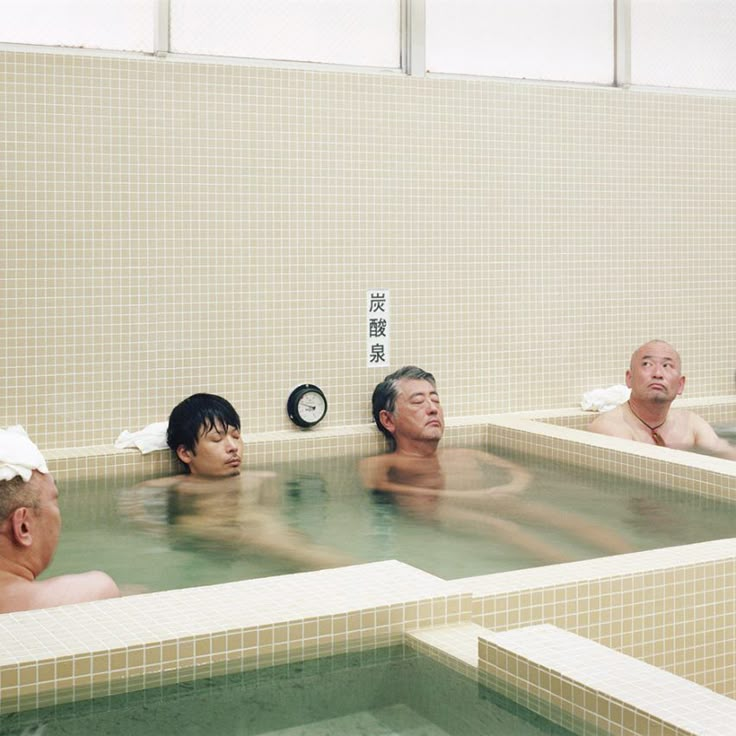
-
Experience: While it might feel strange to bathe with strangers initially, the hot, steaming spring water is incredibly relaxing for both body and mind.
-
Rules & Etiquette:
-
Tattoos: Historically associated with the Yakuza, so some Sento still restrict entry for tattooed individuals, though many are becoming more lenient.
-
Gender Segregation: Sento are typically gender-segregated.
-
Practicalities: Take off all clothes, store them in lockers (key often worn on wrist/ankle), don’t put your towel in the bathtub, and dry off well before returning to the changing room. It’s common to enjoy a drink (like coffee-flavored milk) afterward.
-
-
-
-
Number 14: Cat Cafes
-
Concept: Places where you can enjoy a drink (like coffee) while surrounded by cats.
-
Origin & Popularity: First appeared in Osaka and quickly became a phenomenon across Japan. Tokyo alone has over 39.
-
Appeal: They offer a warm, peaceful haven, especially in a city where high rent often means apartments don’t allow pets. It’s a chance to de-stress and enjoy the company of furry companions.
-
Experience: Remove shoes, leave worries at the door. The atmosphere is serene. You might pay a bit more for your coffee, but it’s for the overall experience. The video also shows someone enjoying a meal (Hamburg steak) in what appears to be a cat cafe.
-
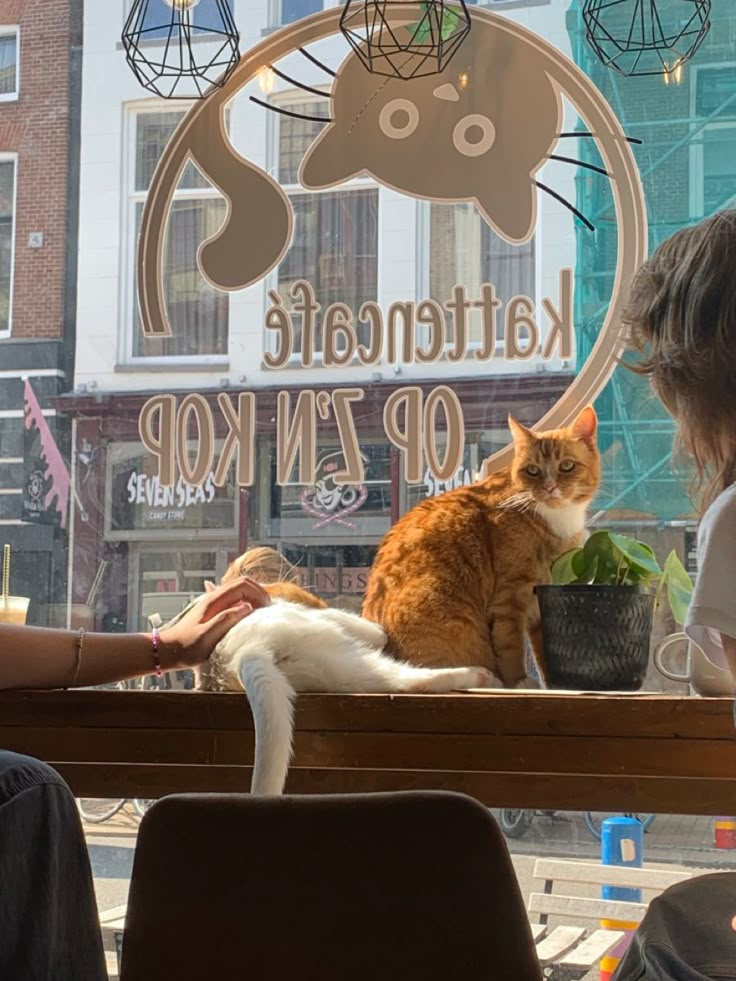
-
Number 13: Koi Fish in Drainage Channels
-
Phenomenon: In Shimabara, on Kyushu Island, drainage channels are home to beautiful, vibrant koi fish.
-
Reason: This is possible due to the crystal-clear waters flowing through these channels, a result of freshwater springs that emerged after a devastating earthquake and tsunami in 1792. Koi require extremely clean water to thrive.
-
Contrast: This is unlike most city drainage channels, which are typically polluted. Shimabara is known as the “City of Swimming Carp.”
-
-
Number 12: Blue Traffic Lights
-
Observation: Instead of green, Japan’s “go” traffic lights are often a distinct shade of blue.
-
Linguistic History: In ancient Japanese, the word “Ao” covered both blue and green. While modern Japanese has “Midori” for green, the historical linguistic ambiguity persisted. When traffic lights were introduced, even though the light was green, it was referred to as “Ao.”

-
Compromise: To honor this linguistic heritage and avoid fundamentally changing an established term, the authorities opted to use the bluest possible shade of green for the “go” signal, allowing it to still be acceptably called “Ao.”
-
-
Number 11: Square Watermelons
-
Product: Geometrically perfect, cube-shaped watermelons.
-
Symbolism: Seen as a symbol of Japanese creativity and precision.
-
Availability & Price: Found in supermarkets, often displayed like art, but they are very expensive (starting around $100), making them more of a luxury item or gift than a regular snack.
-
Taste & Practicality: They taste the same as regular watermelons. The shape was originally designed in the 1970s by a farmer for easier storage and transport.
-
Cultivation: Grown in glass boxes to achieve their cubic form.
-
-
Number 10: Capsule Hotels
-
Concept: Small, individual sleeping pods offering basic amenities.
-
Target Audience: Ideal for budget travelers, but many opt for them for the unique experience.
-
Features: Each capsule typically contains a comfy mattress, blanket, pillow, personal light, and essentials. Showers are usually communal (a “shower card” might be used).
-
Cost: Around $30 for an overnight stay, though high-end versions with more amenities exist.
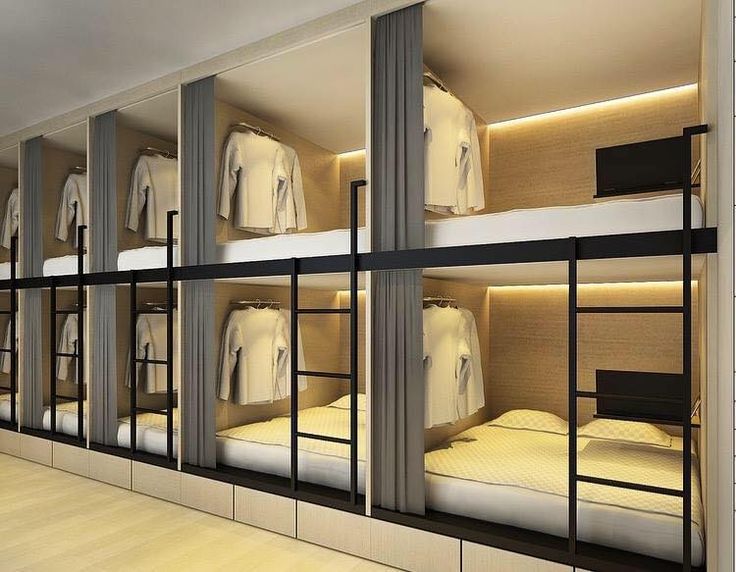
-
-
Number 9: Wine, Coffee, and Green Tea Baths
-
Experience: The Yunessun Spa Resort offers exotic baths infused with wine, coffee, or green tea.
-
Purported Benefits:
-
Wine baths: Legendarily rejuvenating (even Cleopatra supposedly indulged).
-
Sake baths: Said to smooth the skin.
-
Green tea baths: Believed to boost immunity.
-
Coffee baths: Brewed with fresh coffee and Hakone’s natural hot spring water, intended to refresh and recharge.
-
-
-
Number 8: Bullet Trains (Shinkansen)
-
Reputation: High-speed, sleek, and the epitome of convenience and punctuality, reflecting Japan’s respect for time.
-
Network: Extensive, though initially daunting, it’s easy to navigate with a little research. The Tokaido Shinkansen (Tokyo-Nagoya-Kyoto-Osaka) is the oldest and most used.
-
Speed: Can reach up to 200 mph. The next-generation Alpha-X trains aim for 250 mph (though capped at 225 mph for safety).
-
Experience: More than just transport, it’s a way to see Japan’s landscapes.
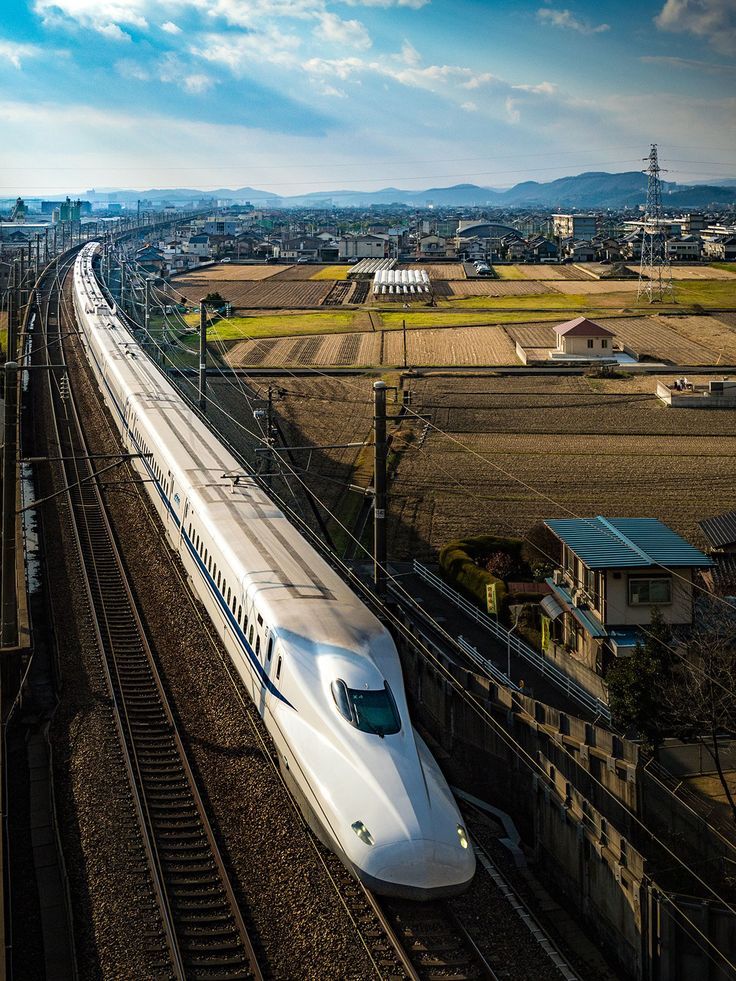
-
-
Number 7: Sophisticated Toilets
-
Features: Japanese toilets are famously spotless and high-tech.
-
Common functions include built-in bidets (with front and back cleaning options), heated seats, air deodorizers.
-
Luxury models might have air-conditioned rims, speakers, and glow-in-the-dark features.
-
Control panels can seem confusing initially but become user-friendly.
-
-
Number 6: Kawaii Culture
-
Definition: “Kawaii” translates to cute, charming, or adorable.
-
Pervasiveness: It’s deeply woven into Japanese culture, visible in fashion, everyday items, and mascots (like Pikachu) everywhere. It adds a touch of sweetness to daily life.
-
-
Number 5: Vending Machines Variety: Far beyond just snacks and sodas, Japanese vending machines offer an incredible range: ramen, ice cream, toys, crepes, cakes, popcorn, onigiri, spaghetti, and even face masks.
-
Convenience: Older machines take coins, newer ones accept cards. Some can dispense hot meals in under a minute.
-
Quality: Food is generally fresh and safe to eat.
-
-
Number 4: Renting a Girlfriend
-
Service: A real and booming business where individuals can rent a companion.
-
Process: Companies offer online profiles for selection.
-
Popularity: Especially with tourists seeking unique experiences.
-
Standards: Employees (who can also be boyfriends, friends, or family members) are expected to be attractive and good conversationalists. If an employee has a real partner, their consent is often needed.
-
Cost: Around $100 for a minimum 2-hour booking.
-
-
Number 3: Lack of Trash Cans
-
Paradox: Despite Japan’s cleanliness (Tokyo is one of the world’s safest and cleanest cities), public trash cans are scarce.
-
Historical Reason: This stems from the 1995 Sarin gas attack on the Tokyo subway, where the deadly gas was hidden in items disguised as trash. As a security measure, many public bins were removed.
-
Implication: People are expected to carry their trash with them until they find a designated disposal spot.
-
-
Number 2: KFC for Christmas
-
Tradition: Millions of Japanese families opt for KFC fried chicken for their Christmas meal.
-
Origin: Started by Takeshi Okawara, the manager of Japan’s first KFC in the 1970s. He marketed a “Party Barrel” after hearing foreigners missed having turkey for Christmas.
-
Elaboration: The Christmas KFC meal is often more elaborate than typical fare, sometimes including cake and wine.
-
-
Number 1: Ichiran Ramen
-
Iconic Dish: Ramen is a beloved Japanese comfort food, with the broth being key (meticulously simmered pork bones, seafood, etc.).
-
Ichiran’s Uniqueness: Known for its solo dining experience. Customers eat in private booths, allowing them to savor their meal without distraction.
-
Customization: Orders are placed via a customizable menu where diners select every detail of their ramen.
-
Service: Staff deliver the meal quietly. Complimentary hot water and green tea are often provided.
-
